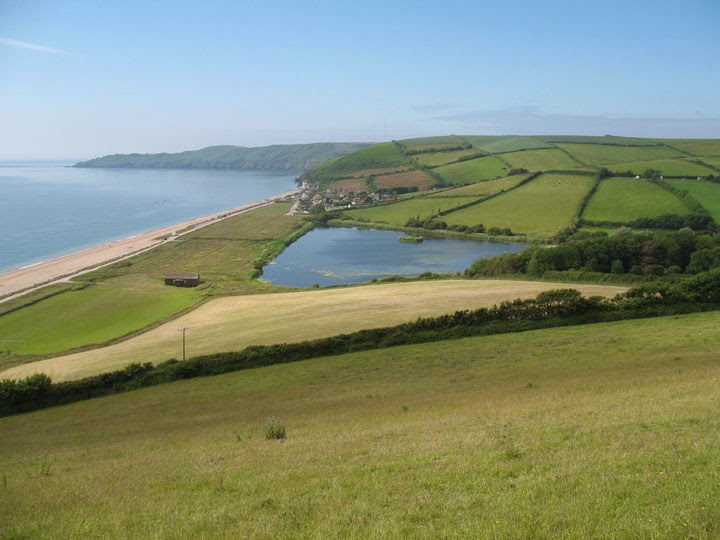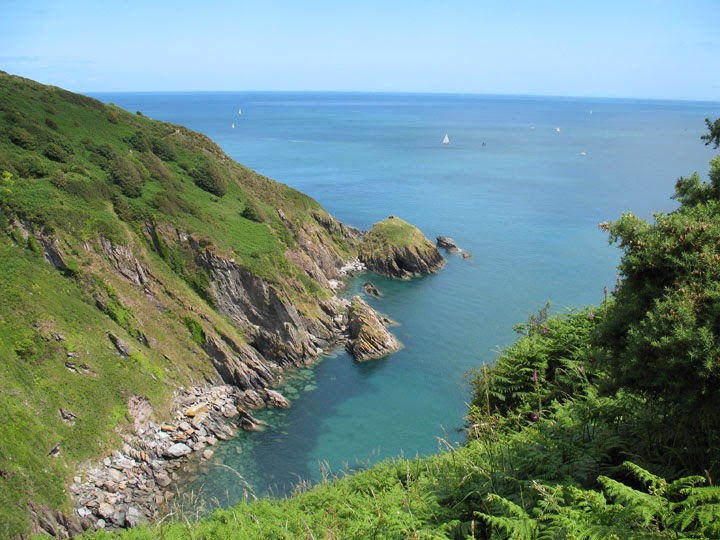Moss bros

The low, scudding cloud, keen wind and drenching rain disappeared at about the same time as Graeme Lyons, Seth Gibson and I arrived at the top of Ditchling Beacon this morning. We were then joined by Tony Davis who made up a quartet of pan-listers - our aim? - to be schooled in the ways of moss, by our tutor for the day, Graeme. It all worked rather well. Graeme showed us the typical species of bryophyte to be found on chalk grassland, explaining the features to look out for and the confusion species to be aware of. After half-an-hour of this came mini-tests, then a full-on exam as we tried to show each other what we had been shown. I must admit that, at last, some of this moss lark had stuck in my mind! For a most enlightening account of the mosses of Ditchling Beacon's north face, please see here for an earlier post of Graeme's . After the 'moss-fest' we then started on a new pastime for me - sieving vegetation for invertebrates (and anything else that happened...












